In a third round of anti-dumping and anti-subsidy trade cases to counter a long high tide of U.S. solar imports from Chinese producers, the U.S. domestic industry once again secured stiff import tariffs Monday, including some of the highest over the solar trade wars’ 14 years.
Final duty determinations unveiled Monday – nearly a year to the day since the latest cases were submitted – produced higher rates virtually across the four target countries of Cambodia, Malaysia, Thailand and Vietnam over preliminary duty rates announced earlier.
The U.S. Department of Commerce called for final anti-dumping duty (AD) rates of 125.37% and countervailing, or anti-subsidy, duty (CVD) rates of 3,403.96% on imports of crystalline silicon photovoltaic cells and modules from Cambodia; 81.24% AD rates and 168.80% CVD rates from Malaysia; 202.90% AD rates and 799.55% CVD rates from Thailand; and 271.28% AD rates and 542.64% CVD rates from Vietnam.
Commerce analysts review exhaustive fact-gathering, investigations and hearings in calculating duty rates to offset the extent they find that U.S. pricing on imports unfairly harms domestic producers (dumping) and foreign government aid improperly supports the imports (subsidies).
Steep margins on heightened U.S. imports from Cambodia, Malaysia, Thailand and Vietnam – which Commerce already found resulted from Chinese producers relocating factories to evade duties on imports from elsewhere – could be expected to further dampen production and therefore imports from the four countries. In step, imports have risen from Indonesia and Laos, prompting questions about whether new cases might target imports from those two.
The U.S. Department Commerce unveiled its proposed final tariffs against U.S. solar imports from Cambodia, Malaysia, Thailand and Vietnam in the late afternoon in Washington, D.C. If the U.S. International Trade Commission on June 2 announces a determination that imports from the four countries have materially harmed the U.S. domestic industry, Commerce’s final tariff rates will go into effect a couple of weeks later.
The American Alliance for Solar Manufacturing Trade Committee, the main petitioner backing the cases, cheered Commerce’s duty determinations. Tim Brightbill, lead counsel for the coalition, said rates exceeding 3,400% were among the highest he’s ever seen.
“This is a decisive victory for American manufacturing and confirms what we’ve long known: that Chinese-headquartered solar companies have been cheating the system, undercutting U.S. companies, and costing American workers their livelihoods,” Brightbill said in a news conference.
“It’s been a big day for U.S. solar manufacturing,” he said. “We’re really happy with the results.”
The price of a redoubled rise in U.S. solar manufacturing is vigilance, Brightbill suggested. U.S. module production is already strong, he said, and some forecasters suggest cell-manufacturing capacities coming online soon could satisfy demand from U.S. module factories by 2026.
In the meantime, tariffs on imports combined with generous tax credits have stimulated unprecedented growth in U.S. manufacturing. Clean Energy Associates (CEA) projects that the U.S. will reach 13 GW of solar cell manufacturing production and 65 GW of module manufacturing by the end of 2025. CEA said the solar factory boom is “real — but fragile,” due to uncertainty about potential changes to policy with the new administration.
Opponents of the cases warn that new tariffs would curtail U.S. solar deployment and therefore progress towards climate goals by increasing prices and cutting supply at a time when U.S. domestic manufacturing cannot keep up with U.S. demand. In particular, they argue that duties on cells would hobble manufacturers desperately looking outside the country for supplies of cells, as U.S. cell production can fulfill just a fraction of domestic module-production needs.
Trade case history
The solar trade cases hark back to 2011, when SolarWorld Industries America Inc., which went out of business in 2018, won anti-dumping and anti-subsidy cases against solar imports from China. The German-owned company had argued that improper Chinese government subsidies enabled solar producers in the China to sell their products in the U.S. market at prices below Chinese manufacturers’ own production costs.
A wide variety of follow-on trade and other cases variously sought to counter Chinese solar imports made in Taiwan, where Chinese manufacturers had moved production, and contended that China had stolen U.S. domestic producers’ intellectual property rights, used cyberespionage to glean intelligence on industry trade secrets and, later, circumvented duties in earlier cases by relocating production to Southeast Asia.
The cases reaching an end now, brought by the domestic manufacturing coalition including Convalt Energy, First Solar, Mission Solar, Hanwha Qcells, REC Silicon, Swift Solar and Talon PV, are the third round of anti-dumping and anti-subsidy cases in the battle. By now, trade litigation has prompted factory relocations in a handful of countries around Asian. Most recently, Vietnam became the world’s largest source of solar products.
Yet, the latest proposal for tariffs could further curb imports from Vietnam because the U.S. government considers Vietnam a nonmarket economy, meaning proposed anti-subsidy rates reflect the country’s heavy support and control of its industries.
Combining AD and CVD rates for U.S. imports from Vietnam, the U.S. government would impose duties of 110.61% on imports from JA Solar, 246.29% from Jinko Solar and 159.77% from both Boviet Solar and Trina Solar.
The possibility of Commerce finding critical circumstances – in this case, U.S. imports that may have surged from Thailand and Vietnam to avoid duties – could shoulder importers with heavy tariff bills that retroactively cover a period of 90 days before the final imposition of tariffs.
As to next steps in litigation, Brightbill said the coalition is “very closely” monitoring import data from Indonesia and Laos. If the group finds improper trade practices from the two countries are hurting U.S. manufacturing, he said, it “will not hesitate to take action.”
This content is protected by copyright and may not be reused. If you want to cooperate with us and would like to reuse some of our content, please contact: editors@pv-magazine.com.
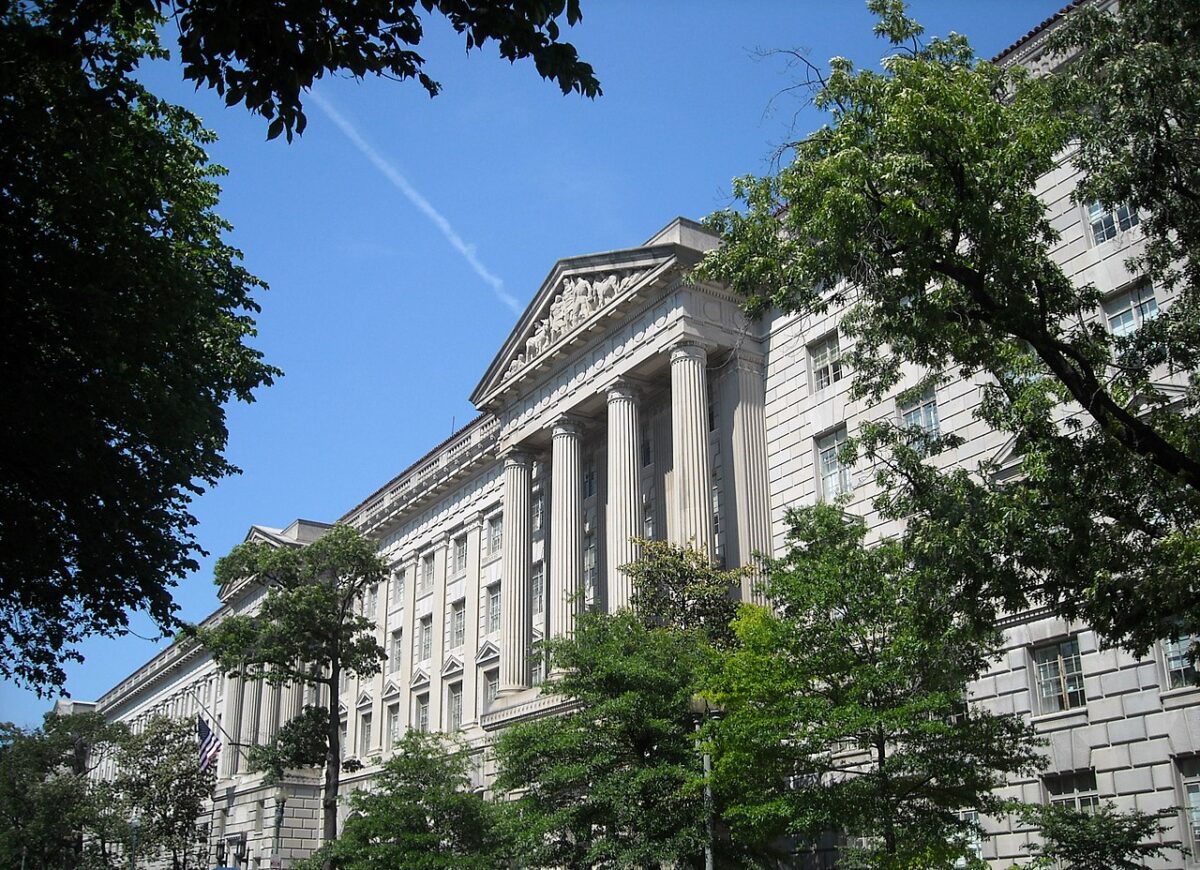
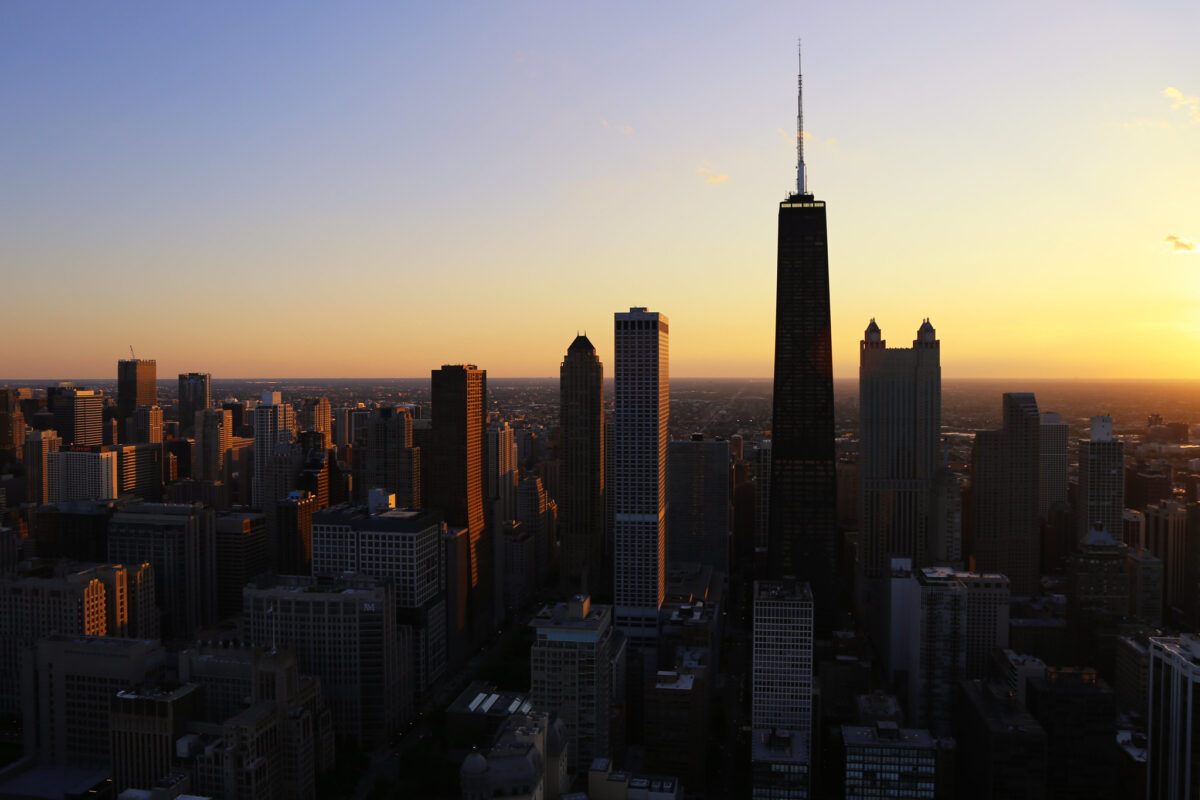


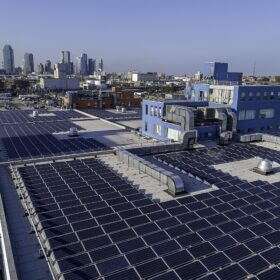
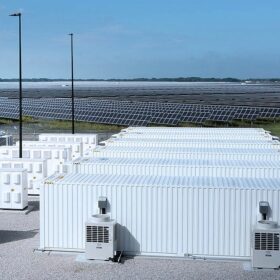
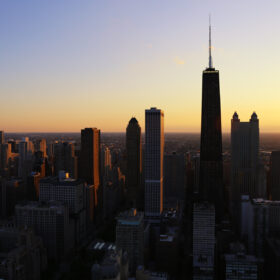
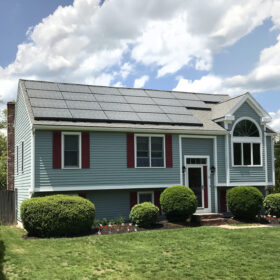

Hi,
Does this affect all companies in the four countries or just the oned linked to China? Or companies using wafers from china?
How bad is this decision for the overall solar deployment in the USA?